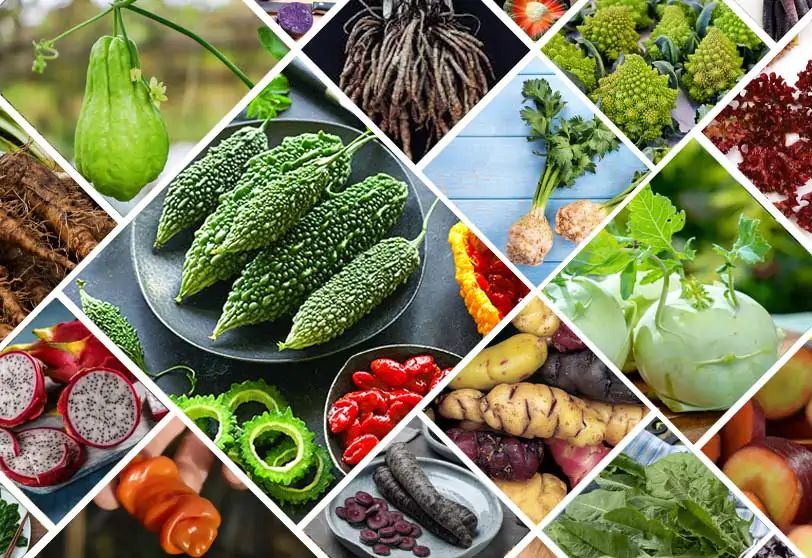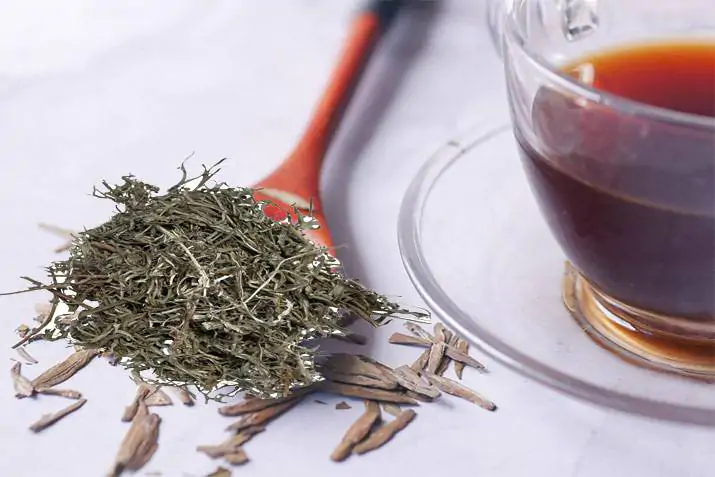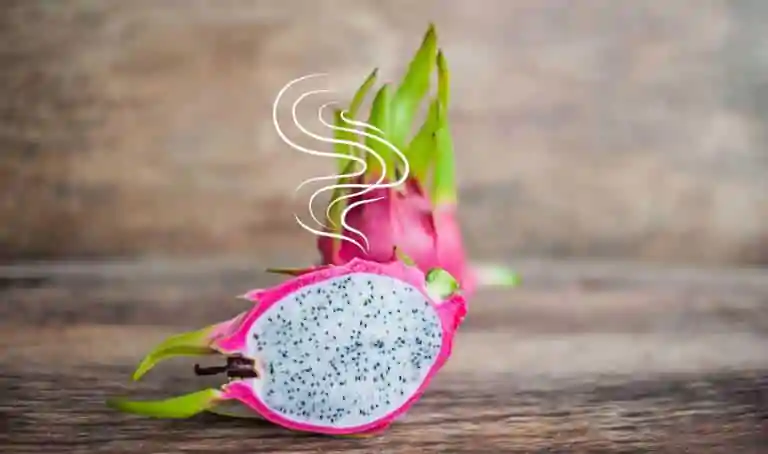Chayote is an interesting fruit that people consume as a vegetable. It is green and mild in taste. Technically, it is a hybrid of an Armenian cucumber and squash that you can eat raw or cooked.
It is rich in minerals and vitamins. Plus, it has antioxidant properties, and many people consume it on a regular diet. It also helps in stabilizing blood sugar levels. It might look like a strange vegetable to some, but it possesses some of the incredible health benefits you might now know.
Key Takeaways:
| Scientific Name | Sechium edule |
| Origin | Mexico and Guatemala |
| Top Benefits | It promotes cardiovascular health, prevents fat accumulation in the liver, delays the aging process, and reduces the risks of cancer. |
| Famous Recipes | Stuffed Chayote, Chayote Squash and Zucchini Soup, Rice with Carrots and Chayote Squash, Chayote Squash Sambar, Chayote Squash Stir-fry, Chayote Squash, Avocado and Strawberry Salsa |
Chayote Nutritional Profile
According to USDA, this is the nutritional value of chayote.
- Protein – 0.82g
- Carbohydrate – 4.51g
- Fiber – 1.7g
- Calcium – 17mg
- Iron – 0.34mg
- Magnesium – 12mg
- Vitamin C – 7.7mg
- Vitamin B-6 – 0.076mg
- Vitamin K – 4.1µg
Chayote Benefits on Health & Body
If you are not including Chayote in your regular recipes, you are leaving out the following health benefits.
Reduce The Fatty Acids in the Liver
It avoids the fat build-up in the liver, reducing the chances of getting fatty liver disease. It also enhances the metabolism processes that consequently help to reduce fat build-up in the liver.
Prevent Gut Issues
Since it is a rich source of fiber, it prevents digestive issues and enhances bowel movements. Consuming chayote improves the growth of beneficial bacteria in the gut and protects it from potential stomach issues.
Controls Blood Sugar Levels
Chayote has a low glycemic index, which means it is less likely to cause spikes in blood sugar levels compared to high-GI foods. Moreover, its fiber-rich properties slow down the absorption of sugars in the bloodstream, resulting in blood sugar control and weight management, just like bitter melon tea. It also keeps you full for long periods.
Improves Cardiovascular Health
Fibers are important to improve heart health. And just like any fiber-rich food, chayote benefits in maintaining cardiovascular health by reducing cholesterol levels in the body. Technically, it prevents the absorption of cholesterol in the blood and makes it excrete. Therefore, you notice a significant betterment in heart health.
How to Cook Chayote? 7 Best Delicious Ways to Eat Chayote
There are tons of ways you can cook and chayote. Its firm texture and rich flesh make it perfect for almost every cuisine, like salads, salsas, soups, and stews. But, before moving on to the recipes, let us look at the top ways you can prepare chayote.
How To Prepare Chayote For Cooking?
Before moving on to quick cooking techniques, here are some ways to prepare chayote.
Peeling chayote: If it has thin skin, you can cook it along with the flesh, but if it is matured, you need to remove it. Always keep a sharp knife when peeling it. Plus, be aware that it will secret a substance upon peeling, which can be irritating to the skin.
Cutting chayote: Wondering how to cut chayote correctly? There are different ways to cut it. Start by washing it to remove dirt or impurities, then towel dry it. Slice both ends by placing them horizontally. Then, peel off the skin carefully. You can leave some skin on if you want to. It also tastes great.
Following are some tasteful recipes you can try making at home.
- Bake chayote with stuffed ground beef and veggies and top with cheese or any dressing you want. You can also boil the chayote shells if you don’t want to bake them.
- Dice chayote to add them in soups and stews (like oca vegetables). Make lentil soup with chayote to add a crunchy kick to it.
- Add chayote in salads with corn, veggies, tomatoes, and onions.
- Roast or grill the thick slices of chayote to make them crispy outside and soft inside. It will also add a smoky flavor to it.
- Here comes the most different variation. Make pickled chayote by boiling it with onions, spices, and vinegar.
- Add chayote in stir-fried or sauteed veggies.
- Add them to grain bowls by slicing, grating, or peeling.
Potential Side Effects of Chayote You Must Know
Although the count of chayote health benefits is unlimited, when you consume it in excessive quantities, it can cause trouble. Following are some potential side effects that it can cause. However, many of them are not deadly.
Stomach Upset
Because of its high fiber content, eating excessive chayote also causes considerable gastrointestinal pain. Some people can get gas, bloating, and diarrhea if not carefully consumed.
Can Be Allergic to Some
Chayote has some elements, like latex, that can cause allergies to people. So, if you feel itching, swelling, or hives, seek medical attention. Since it is from a gourd family, you must take care while consuming it.
Kidney Stones
Chayote has oxalates. So, it can cause kidney stones if not eaten in moderation. People with kidney stones must avoid eating it in large quantities.
FAQs
What Does Chayote Taste Like?
Chayote has a subtle sweetness and a slightly crisp texture when raw, similar to a cucumber. When cooked with other vegetables, it becomes soft and may absorb the tastes of the other components in meals. Its unique flavor profile makes it suitable for various cuisines.
Can Dogs Eat Chayote?
Indeed, dogs can eat small quantities of chayote. However, some dogs are sensitive to certain substances, so introduce this vegetable gradually.
Can You Eat Chayote Raw?
Yes, you can consume it raw, as the flavor and crisp texture will appeal to you. In addition, you may eat it raw or sliced and grated for use in salads.






